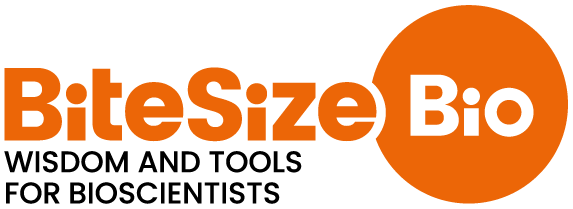14 Ways to Measure Immune Cell Activation
We’ll discuss specific assays in each of these categories, the joys and pitfalls of each assay, and recommendations on how to choose the best method. You will learn tips and strategies for successful assay development using the following methods:
Proliferation:
3H-Thymidine Uptake
Bromodeoxyuridine Uptake (BrdU)
ATP Luminescence
Fluorescent Dye Reduction (CFSE)
Cytokine Measurement:
Multiplex vs. Single Cytokine
Choice of Cytokine (IFNg, TNFa, IL-6, IL-1?, etc.)
Kinetics of Cytokine Release
Surface Antigen Expression:
CD69, CD25, PD-1, etc.
Combine with CFSE, Ki67 or BrdU
Kinetics are Important
Cytotoxicity:
Two-Label Flow Cytometry
Calcein AM Dye Release
Luciferase Transduced Targets
Annexin V
Proliferation:
3H-Thymidine Uptake
Bromodeoxyuridine Uptake (BrdU)
ATP Luminescence
Fluorescent Dye Reduction (CFSE)
Cytokine Measurement:
Multiplex vs. Single Cytokine
Choice of Cytokine (IFNg, TNFa, IL-6, IL-1?, etc.)
Kinetics of Cytokine Release
Surface Antigen Expression:
CD69, CD25, PD-1, etc.
Combine with CFSE, Ki67 or BrdU
Kinetics are Important
Cytotoxicity:
Two-Label Flow Cytometry
Calcein AM Dye Release
Luciferase Transduced Targets
Annexin V
Activation of immune cells is the all-important first step in mounting an immune response. Immune cell activation is a popular area of research because so much happens that is key to the downstream goal of fighting infection, cancer, and disease.
There are many ways to measure immune cell activation, and they all have utility. Methods can be grouped into four main categories: Proliferation Assays, Cytokine Measurement, Surface Antigen Expression, and Cytotoxicity.
Creators and Guests



